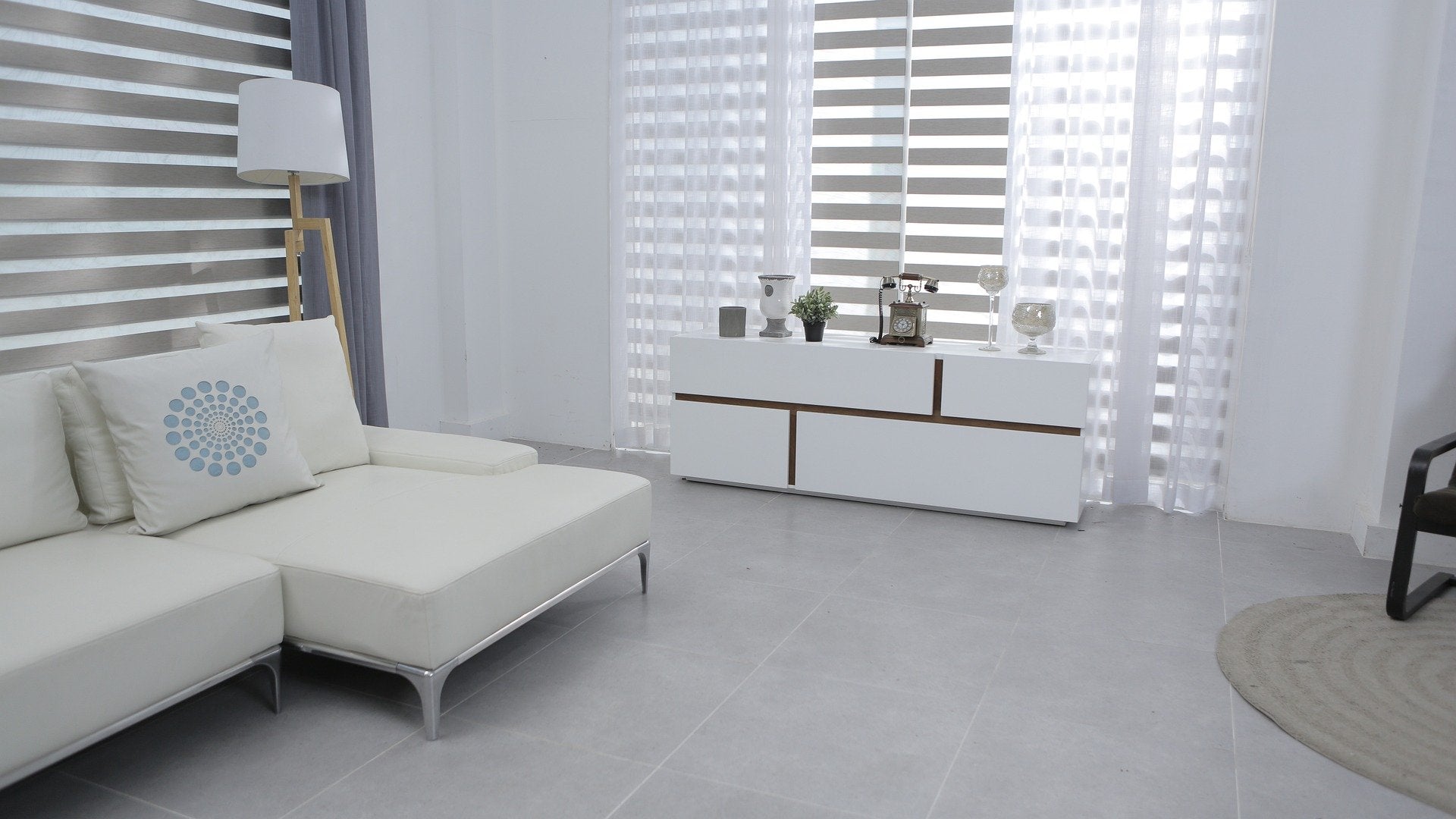
Should long curtains touch the floor?
The majority of us enjoy adding new curtains to our houses. And, while we're at it, we're debating whether or not our curtains should reach the floor. It is crucial because it can influence how we decorate. Yes, curtains should reach all the way to the floor. The longer the curtains are, with a few exceptions, the more trendy and attractive they will appear. As a result, most conventional ready-made curtains are quite long. However, different decorating styles employ varying curtain lengths. Some styles call for the curtains to be able to touch the ground, while others do not. Here are the six different sorts of curtain lengths that we use in our houses to help you understand.
Types of Curtain Lengths
Sill: The Sill is the smallest sort of curtain length. A half-inch above the window sill is the normal length. These curtains may give your house a relaxed and lovely appearance. It makes use of vibrant colours and patterns to give a room personality. For tiny windows, we use this length of curtain. They're short so they don't get in the way of the furnishings, heater, or counter underneath. This sort of curtain may be seen in most bathrooms and kitchens.
Apron: An apron length curtain is typically 1 inch shorter than the window apron. This length of curtain isn't very common. However, they are functional since their length prevents dust and filth from accumulating on the floor. These curtain lengths may appear to be too short at times. As a result, they should only be used on windows when full-length curtains are obstructed.
Floor: Floor-length curtains are the most popular curtain options available for your house. Its typical height is half an inch off the ground. This curtain length offers a smooth and attractive appearance. It gives your windows a higher, more beautiful appearance. Typically, floor-length curtains do not touch the ground. Your curtains will hang straighter and cleaner as a result of this. This curtain length is used in high-traffic areas like the living room. It is both functional and appealing to the eye.
Breaking: Breaking length curtains, often known as the brake puddle, have a fitted look. Its length varies from half an inch to an inch or more longer than the ground. Curtains with a breaking length generate a tiny fold or break at the bottom. The result is contrasted banding that is both sophisticated and beautiful. Curtains made of cotton or linen materials work well with this length. Using these materials in your house might give it a more laid-back and comfortable atmosphere.
Trouser: Trouser-length curtains give your property a refined appeal. Its length exceeds the length to the floor by at least 2 inches. This length of curtain generates a fold or bend in the appropriate areas. It gives your curtains a more well-kept and trendy appearance. The finest impression is achieved by utilising crisp and heavier fabrics for trousers length curtains. It looks great in your bedroom, living room, or dining room.
Puddle: Puddle length curtains are the longest ones. Its typical length from the ground is 6 inches or more. These curtain lengths are opulent and stunning to see. Curtains with a puddle length are ideal for lofty windows. It's ideal for rooms that you want to impress visitors and family with. Thick cotton and velvet fabrics are commonly used for this length of curtain. If you have pets, however, we do not suggest this length. Because of the excess fabric at the bottom, your pet's hair and other items can readily gather.
The Decision Factors
Windows
Of course, the window itself is one of the most important considerations in determining whether or not curtains should touch the floor.

Location
Kitchen and bathroom windows, in general, work better with shorter curtains. Bold, floor-length curtains work well in bedrooms, living rooms, and dining areas. Plus, if your windows aren't insulated, you might want to use longer curtains to bring extra warmth to a space.
Size
The curtains should complement the various forms and sizes of windows. Floor-length curtains may be more suited if your windows are bigger. If your windows reach all the way to the ground, you may want to let your curtains touch — or even pool – the ground to provide total covering.

Purpose
Finally, think about why you'd like to hang curtains. Knowing when it's OK to let drapes touch the floor can raise a few more considerations. If you want to use the curtains for a certain purpose, such as blocking off light, you may need to let them touch the floor. It's also OK if you want to establish a specific appearance using floor-length curtains. Allow your curtains to hang as low as you like to complement the features of your property.


